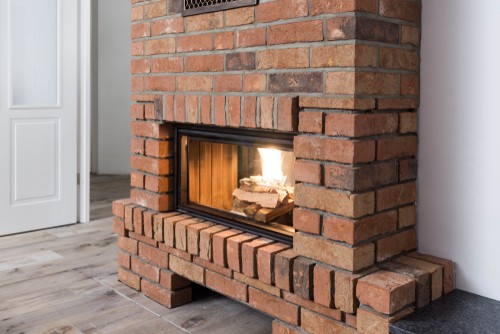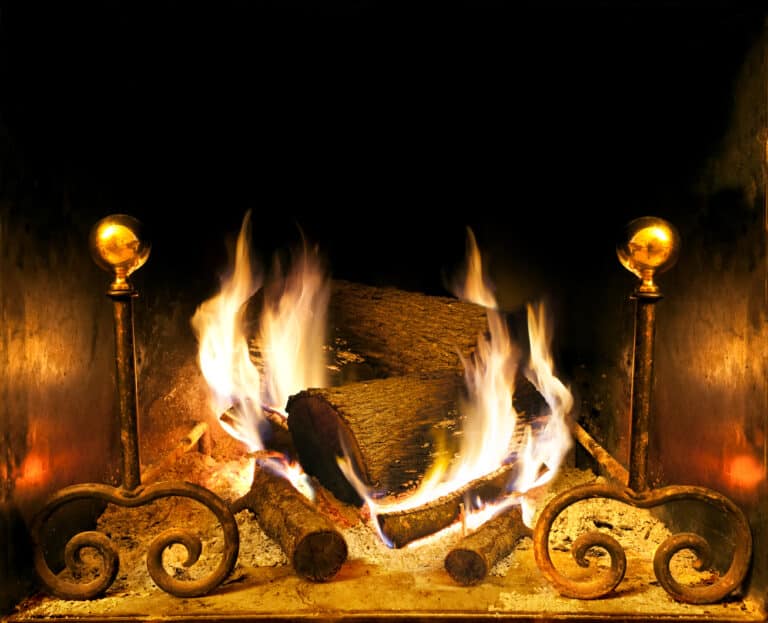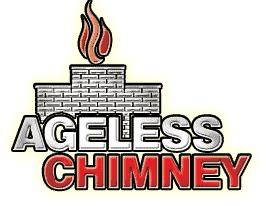Chimney Repair in Great Neck, NY.
What our clients say




View our work
Browse all Services
contact us
Top Reasons Homeowners in Great Neck, NY Require Chimney Repair Services

Top-Quality Chimney Repair Services in Nassau County
When it comes to the safety and functionality of your home, ensuring the proper maintenance of your chimney is crucial. Homeowners in Great Neck, NY face unique challenges due to the climate and environmental factors that can affect the integrity of their chimneys. At Ageless Chimney, we specialize in providing top-notch chimney repair services to address these issues effectively. With our team of experienced professionals and dedication to customer satisfaction, we are the go-to choice for homeowners seeking reliable chimney repairs in Nassau County and beyond.
For top-quality results, call 516-795-1313. At Ageless Chimney, we’re looking forward to meeting your needs and exceeding your expectations.
Owner Operated
Because all jobs are handled by an owner, you can rest assured that your project will command the attention it deserves.
Free Estimates
Great service at the best price. We will not be undersold. Our estimates are FREE and we will beat any written estimate.
24-Hour Emergency Service
Ageless Chimney is one of a few chimney companies to offer TRUE 24-hour emergency service should you need it.

Common Reasons Homeowners in Great Neck, NY Require Chimney Repair Services
As a homeowner in Great Neck, NY, you may not think about your chimney on a daily basis. However, it plays a crucial role in keeping your home safe and comfortable. Over time, chimneys can deteriorate due to weather conditions, regular use, or lack of maintenance. When you encounter chimney problems, it’s essential to seek professional chimney repair services promptly. At Ageless Chimney, we specialize in providing reliable chimney repair solutions for homeowners in Nassau County. Here are the top reasons why homeowners in the Great Neck, NY area require chimney repair services.
Chimney Leaks
Leaky chimneys are a common problem that homeowners face. If you notice water stains on your ceiling or walls near the chimney, it’s a clear indication of a chimney leak. Ignoring these leaks can lead to extensive water damage, mold growth, and compromised structural integrity. Our skilled technicians at Ageless Chimney can diagnose the source of the chimney leak and provide effective repairs to prevent further water intrusion.
Chimney Cleaning and Maintenance
Regular chimney cleaning and maintenance are essential to ensure the efficient and safe operation of your fireplace or wood-burning stove. Creosote buildup, a byproduct of burning wood, can accumulate inside the chimney, increasing the risk of chimney fires. Additionally, birds, leaves, and debris can obstruct the chimney, affecting its functionality. Our chimney repair services in Great Neck, NY include thorough cleaning and maintenance, ensuring your chimney operates at its best and reducing the chances of fire hazards.
Chimney Crown and Cap Repair
The chimney crown and cap are vital components that protect the chimney from water, debris, and animals. If the chimney crown or cap is cracked or damaged, it can allow water to seep into the chimney, causing internal damage and accelerating deterioration. Our experts can inspect and repair or replace the chimney crown and cap, ensuring your chimney remains protected against external elements.
Chimney Liner Issues
The chimney liner plays a crucial role in guiding smoke, gasses, and sparks out of your home safely. It also protects the chimney’s structure from the corrosive byproducts produced during combustion. Over time, the liner can deteriorate or become damaged, compromising its effectiveness and potentially leading to hazardous situations. Our professionals can evaluate the condition of your chimney liner and provide the necessary repairs or recommend a liner replacement to ensure the safety of your home.

Schedule an Appointment for Professional Chimney Repair with Ageless Chimney
For reliable chimney repair services in Great Neck, NY, trust the experts at Ageless Chimney. Contact us today at 516-795-1313 to schedule a consultation or learn more about our comprehensive chimney repair solutions. With our expertise and commitment to excellence, we will ensure your chimney is in top condition, providing you with peace of mind and a safer home environment.
Have a question?
Local Resources
Useful links for Great Neck, NY
Useful Links
Here are some chimney-related links:
